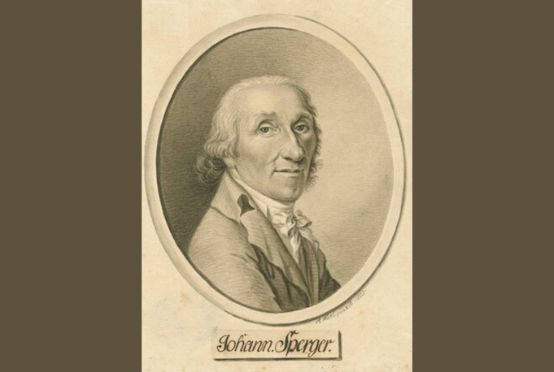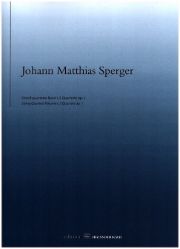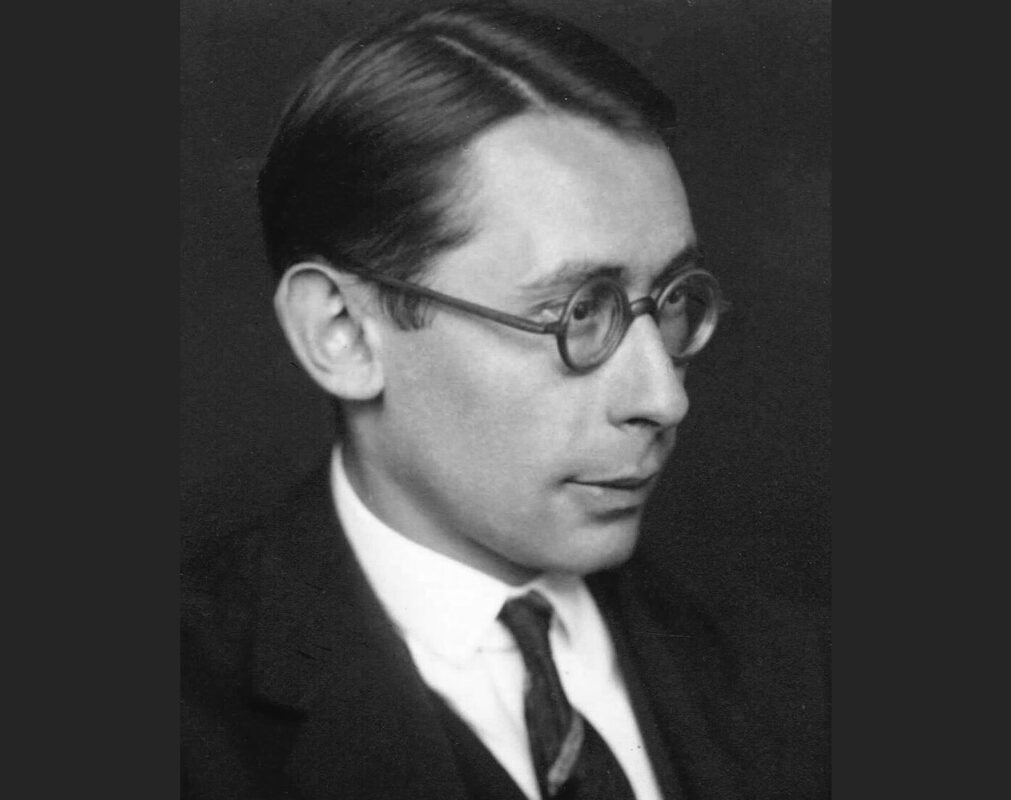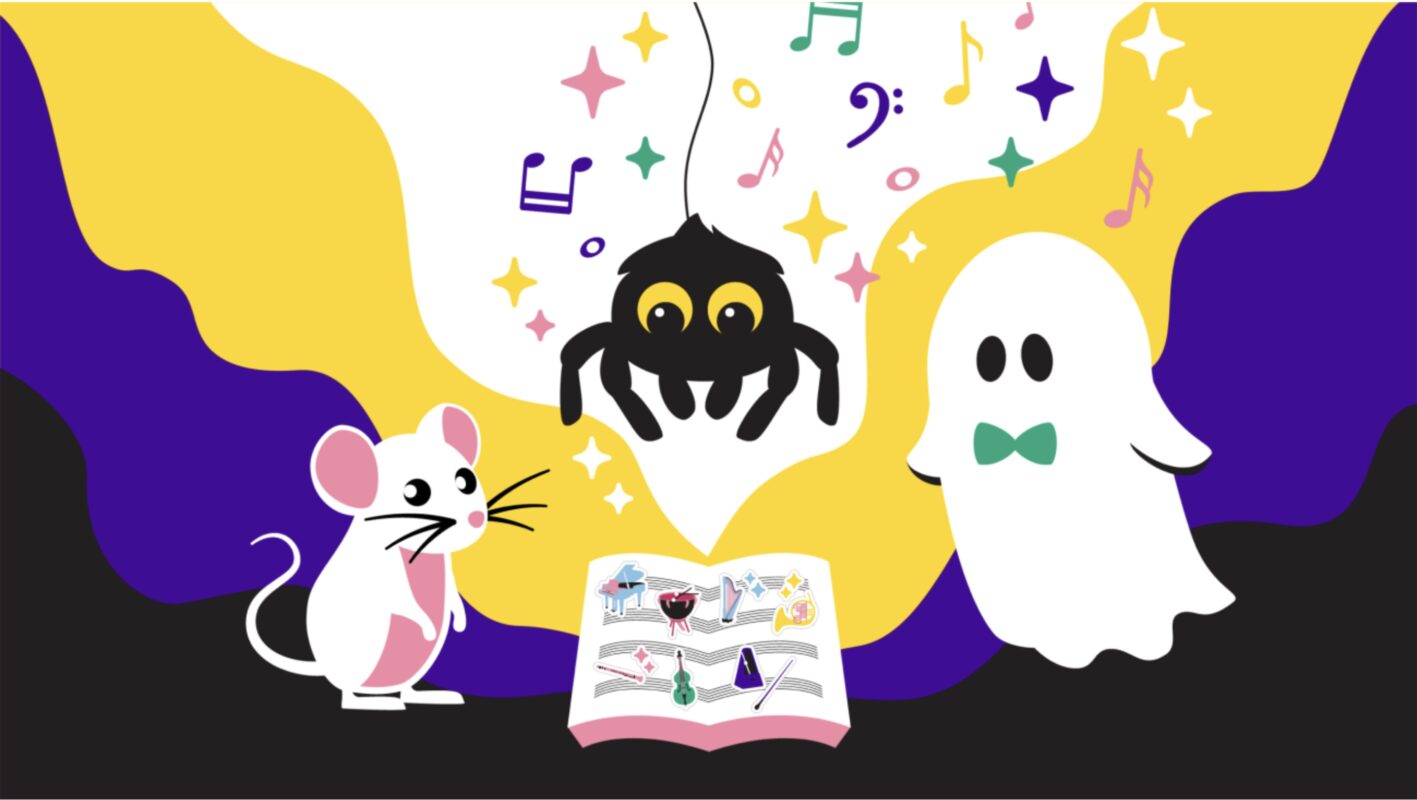Emerging genre
The string quartets by Johann Matthias Sperger are among the numerous works created for this newly emerging instrumentation in the second half of the 18th century.

The five decades between Johann Sebastian Bach's death in 1750 and Beethoven's pioneering six string quartets op.18 are regarded as the primary phase of development and the peak of quantitative production for the new genre of four string instruments. The four-string quartet and the corresponding works were so popular that there were hardly any composers who did not try their hand at them. This grandiose phase of searching for the expansion of the four-part texture, parallel to the symphony, which was also searching at full speed for new forms of expression, led to a quantity of works that is difficult to keep track of, only a few of which can be heard regularly on the concert stage. Among the rarely performed ones are also those whose creators have illustrious names, such as Luigi Boccherini.
The selection process of the time left not a single composer from this half-century in the repertoire on an equal footing with Joseph Haydn and Wolfgang Amadeus Mozart. There are many reasons for this, even in the case of qualitatively above-average works: a composer's lack of range in terms of the different genres; a numerically small production of string quartets or the preoccupation with them over a short period of time without further development; the retention of an established style; few or no publications in print; little attention for a composer during his lifetime or an unexpectedly early death. And of course, first and foremost, the absence of an individual style. Fortunately, the numerous new releases on recordings since the advent of the CD have closed many gaps, as have new editions.
The five quartets by Johann Matthias Sperger, commendably published by Edition Massonneau in Schwerin in exemplary quality, are further proof of how successfully the string quartet established itself in the German-speaking world. Sperger wrote a total of nine of them - six are dedicated to King Frederick William II himself - who, despite his lowly origins as the son of a "cow-keeper", reached the antechambers of the powerful thanks to his exceptional double bass playing and even became their direct servant. It was not until Sperger's time that it became possible for a double bass player to step out of the shadow of the eternal bass servant and attract attention with more virtuoso compositions. As a composer, his focus was particularly on his own instrument, which he brought into focus with numerous solo concertos and at the same time expanded his playing technique.
The string quartets, which do without the double bass, prove that composing as a means to an end was not enough for him. Composed in 1788 and published in 1791, they are very close in time to Mozart's Prussian Quartets and Haydn's Opera 50 to 64, at a time when the string quartet produced masterpieces of the first rank in Viennese Classicism, which were only eclipsed by Haydn's Opus 76/77 and later Beethoven's first works.
Can Sperger compete on an equal footing with these contemporaries? Are his audible attempts to catch up with the well-known role models successful? Yes and no. First of all, Sperger achieves a striking closeness by using the established stylistic devices, by diversifying the themes and by following the clearly defined formal laws of late classical music. One always has the feeling of having heard something similar before, without recognizing any direct plagiarism. One perceives an internalization and use of the currently fashionable colour palette, which incidentally is wonderfully entertaining. Where Sperger fails is in establishing an independent musical language, but also in being at the height of his time. This can be seen from the three-movement structure of the string quartets, which Haydn already stopped using in his first complete quartets op. 9 (1769), Mozart from the six quartets onwards. Viennese quartets KV 168 to KV 173 (1773). Much more significant, however, is how sparingly Sperger works with the themes, how he never achieves a comparably penetrating movement, particularly noticeable in the brief developments and codas. The accompanying figures in the middle voices, whether for first violin or cello, are at times stencil-like and harmonically very predictable. The first violin part, which requires truly acrobatic skill in Haydn, rarely leaves the tonal range up to the third position.
Despite this rather backward-looking musical language, his quartets are very pleasant, cheerful, eloquent and perfectly crafted. They are very playable for an amateur ensemble, for professionals a rewarding joy of music-making prima vista, especially in the folk-like, stirring final rondi. Finally, Sperger goes deepest in the slow middle movements, making the most of his vocal resources. If you want to play works of a more independent character, the quartets by Franz Xaver Richter, Antonio Rosetti and the late works by Joseph Martin Kraus are a good choice.
Johann Matthias Sperger: String Quartets Volume I, 3 Quartets op. 1, edited by Reinhard Wulfhorst, score and parts, EM 0421, € 35.20, Edition Massonneau, Schwerin
id.: Volume II, Quartets in B flat major and G minor, EM 0521, € 32.00









